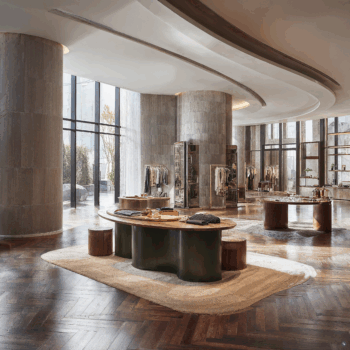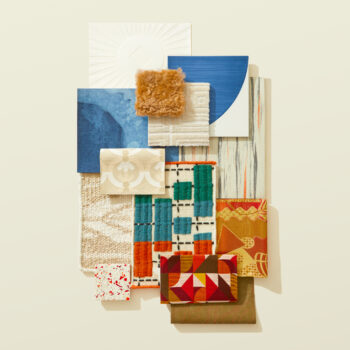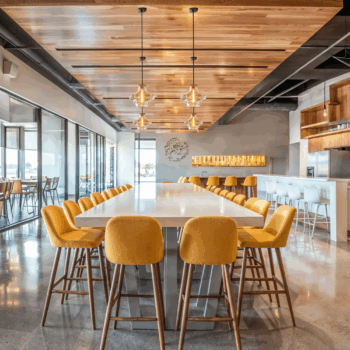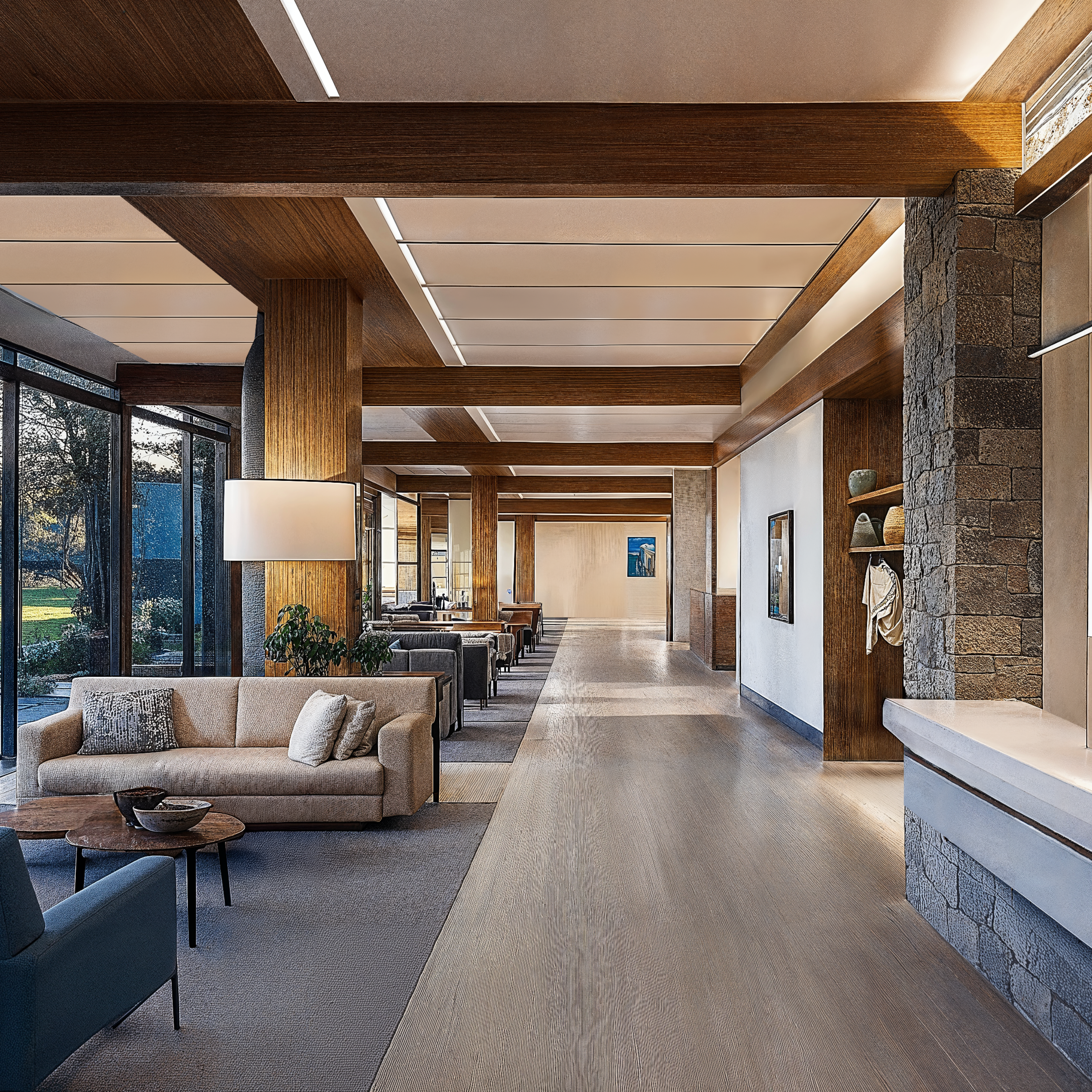
Rooted in Argentina’s Pampas region, estancia design evolved from the country’s historic ranch estates—homes built for both utility and hospitality. Traditionally constructed with thick adobe walls, stone floors, and exposed wood beams, these structures were designed to withstand harsh climates while offering comfort and shelter. Influenced by Spanish colonial architecture and shaped by gaucho culture, estancia design balances rusticity with elegance, simplicity with openness.
At the heart of this style is a respect for craft and regional materials, including hand-carved wood, textured plaster, ceramic tile, and iron accents. Color palettes reflect the muted tones of the surrounding landscape—sienna, ochre, olive, and chalky white. Interiors feel timeless and elemental, defined by generous proportions, high ceilings, and transitional indoor-outdoor spaces such as verandas and shaded courtyards.
Today, designers reinterpret estancia principles by combining handcrafted details with modern sensibilities, creating interiors that are both refined and grounded. Whether in urban homes, cultural spaces, or boutique hospitality settings, the Argentinian estancia design offers an inviting fusion of regional identity and timeless comfort.
The Core Principles of Estancia Design
1.) Natural and Enduring Materials
Adobe, stone, clay tile, and timber define the material palette, emphasizing durability and tactile beauty rooted in the land.
2.) Heritage Craftsmanship
Handmade woodwork, iron details, and leather furnishings celebrate local artistry and the legacy of gaucho culture.
3.) Spacious Layouts and Proportions
High ceilings, wide corridors, and open courtyards create a rhythm of movement and rest—spaces that breathe.
4.) Earth-Inspired Color Palettes
Terracotta, olive, bone, and sky blue reflect the tones of the Pampas landscape and reinforce a grounded aesthetic.
5.) Blurred Indoor-Outdoor Boundaries
Verandas, arcades, and central courtyards promote airflow and connection to the natural environment.
Estancia Style in Practice
Residential Warmth with Regional Character
Homes reference estancia architecture through open living rooms with timber ceilings, clay tile flooring, and leather-accented furniture that blends rustic charm with comfort.
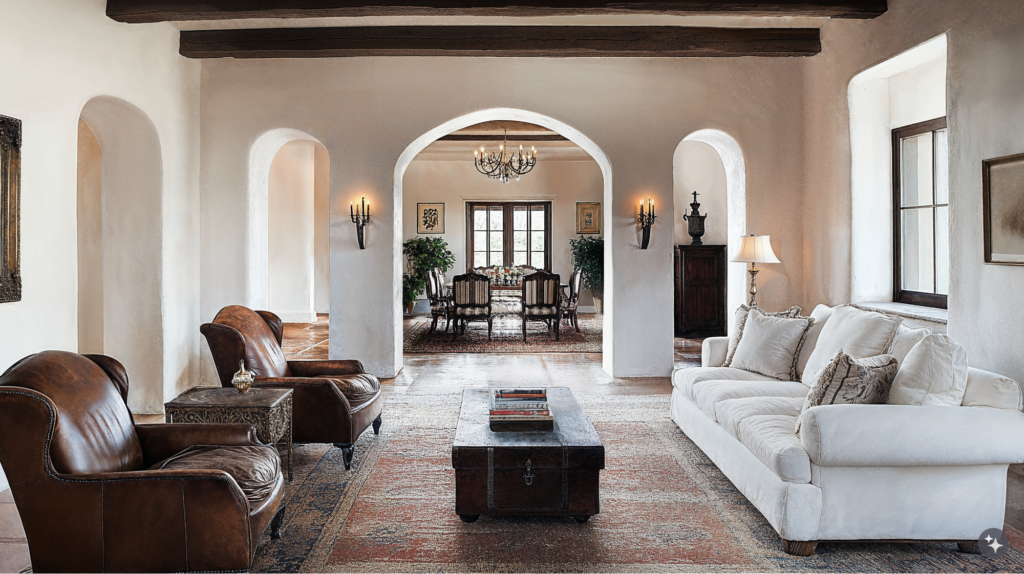
Hospitality Rooted in Place
Boutique hotels embrace the Estancia ethos with courtyard layouts, locally crafted textiles, and earthy tones that immerse guests in the landscape’s beauty.
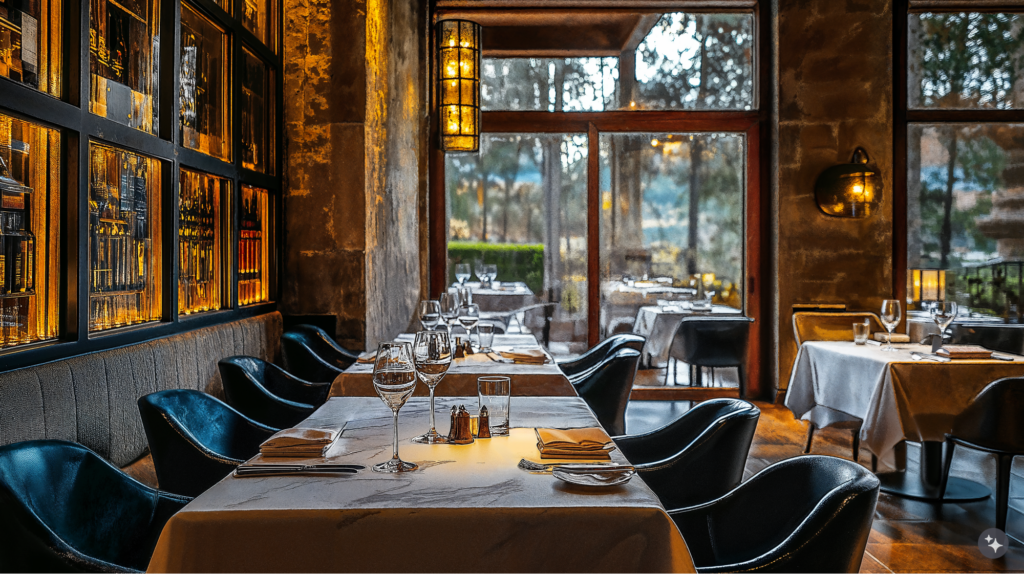
Educational Spaces with Cultural Storytelling
Playgrounds, libraries, or academic buildings evoke heritage through carved wood details, stone walls, and outdoor learning areas framed by colonnades or arcades.
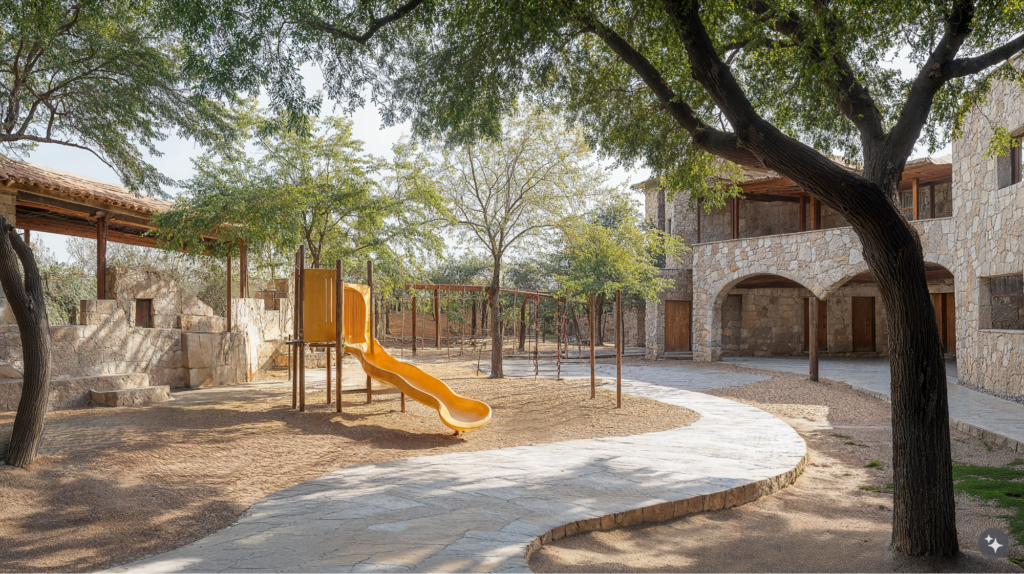
Healthcare Environments with Calm and Familiarity
Senior living spaces and wellness clinics adopt Estancia-inspired materials like soft plaster, ceramic tile, and filtered daylight to promote peace and familiarity.
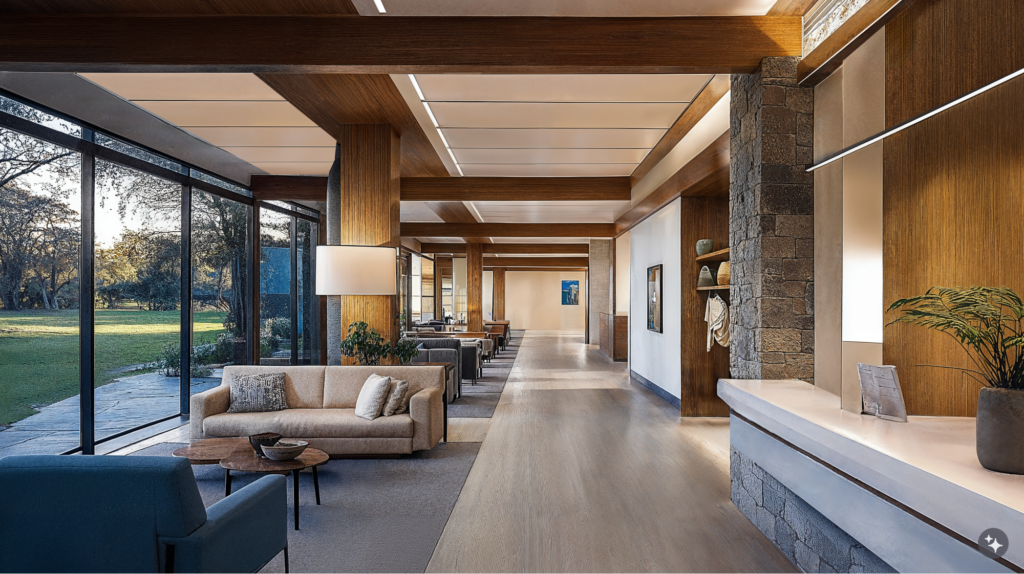
Cultural and Community Spaces
Estates or cultural centers draw from Estancia principles by incorporating local stone, adobe textures, and verandas that support gathering, storytelling, and shade.
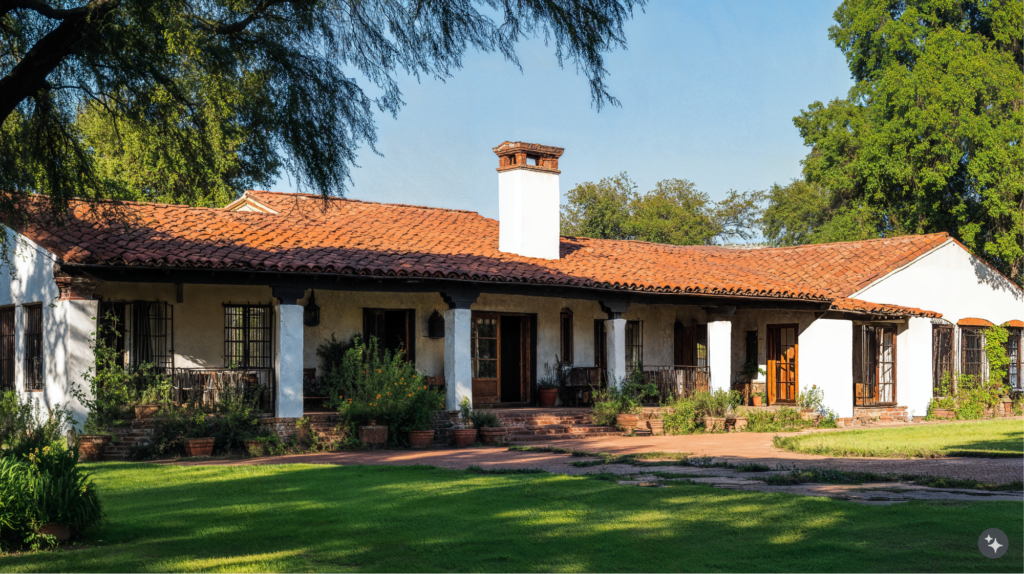
Retail Experiences with Regional Appeal
Boutiques and artisan markets use handcrafted wood displays, iron fixtures, and terracotta tones to reflect local identity and create a narrative-driven experience.
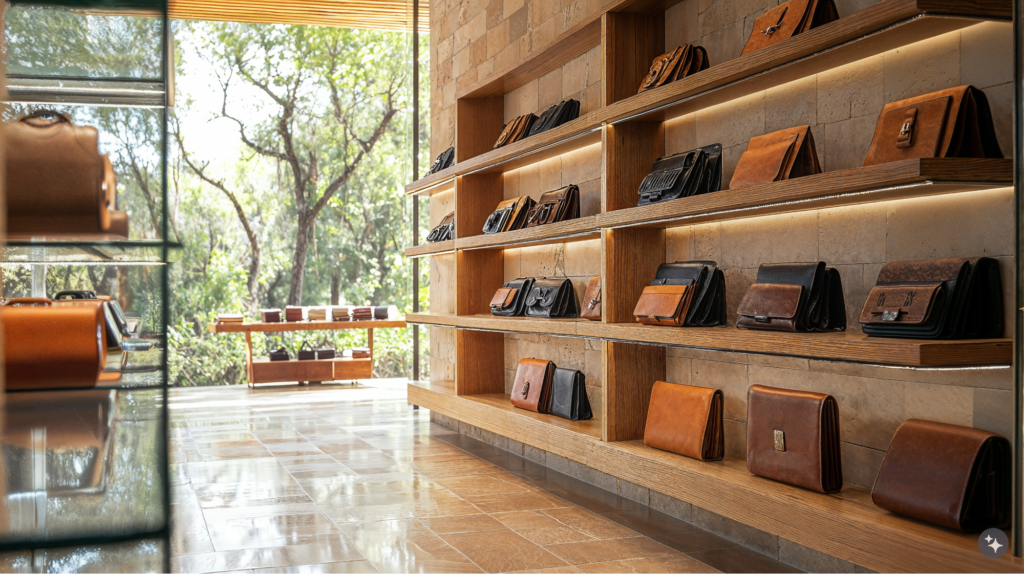
Argentinian estancia design is both enduring and inviting, an architectural tradition shaped by land, craft, and cultural memory. Through the use of honest materials, spacious layouts, and handcrafted details, this style brings a grounded elegance to modern spaces. Whether in rural or urban contexts, its influence remains a timeless expression of place, heritage, and hospitality.
Looking for more indoor-outdoor design inspiration? Check out our article on Mexican Hacienda Design.





